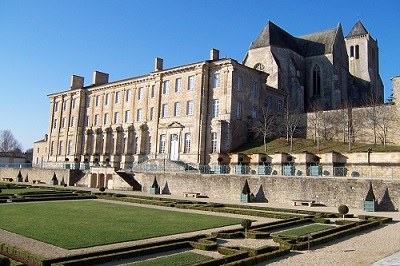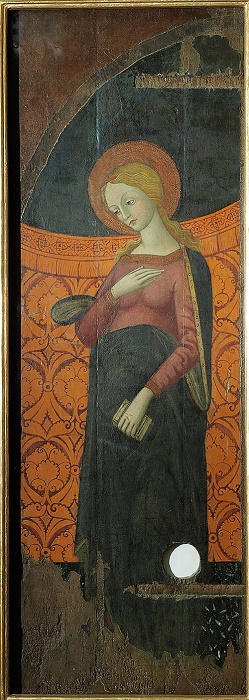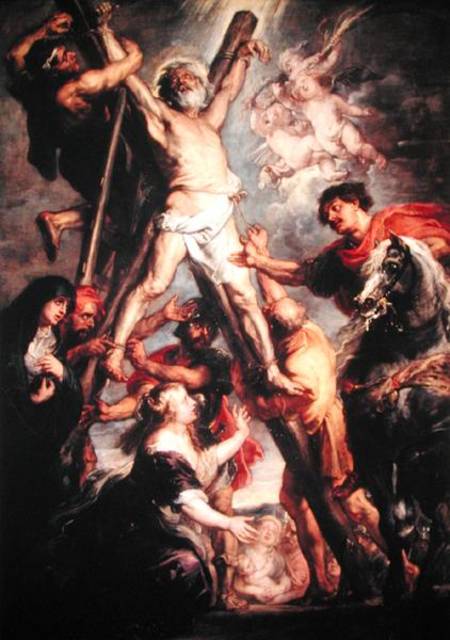The remarkable frescoes that decorate the Chiostro del Platano [Cloister of the Plane Tree, Naples, built in 1460] in the former Benedictine monastery of Saints Severino and Sossio – now the State Archives – are attributed to Antonio Solario, nicknamed Lo Zingara (The Gypsy) but this attribution cannot be verified as the artist is shrouded in a mystery that no expert has ever penetrated due to lack of documentation. Even his first name (Andrea or Antonio?) and his place and date of birth are uncertain: Abruzzo for some, Venice for others, whereas in Lombardy several artists can be found named Solario, Solari, or Solaro. He is thought to have stayed in Naples, where several major works have been attributed to him without any supporting evidence.
The art historian Bernardo De Dominici (18th century), a notorious raconteur whose biographies are filled with anachronisms and fanciful details, reported a romantic story about this artist: at the time of Ladislas of Anjou, King of Naples from 1386 to 1414, Antonio Solario was a blacksmith at the court (a trade usually followed by the gypsies, hence his nickname) and rather admired by the king’s sister, Joan, who on the death of her brother became queen known as Joan II.
Colantonio del Fiore, a renowned painter (another great artist whose biography is unclear) who was regularly seen at court, was enthused by the work of the young blacksmith and invited him home. Solario then fell deeply in love with his host’s daughter, but Del Fiore stated that he would only give the hand of his daughter to a well-established and respected artist. Solario, determined to marry the young woman, accepted the challenge and obtained Colantonio’s firm promise that he wouldn’t marry off his daughter before the artist came back for her.
For ten long years Lo Zingaro paced Italy from north to south in search of the best teachers to learn the art of painting. Finally, he made it back to the Naples court, where he showed a little picture he had painted to his patron, now queen. Joan II, won over by the beauty of the painting and familiar with Solario’s story, summoned Colantonio and showed him the painting without revealing the name of the artist. Del Fiore, who greatly admired the work, was commanded by the sovereign to consent to the marriage of the two lovers. Thus the blacksmith became a celebrated artist from whom works on a grand scale were commissioned.
This story, it is said, is hardly credible because on the one hand, the historical dates do not match the reality, and on the other, the obvious similarity to the story of the Flemish painter Quentin Massys suggests that De Dominici took advantage of the lack of information on Solario and conflated the two artists.
Nevertheless, the frescoes are certainly worth seeing, so next time you are in Naples do yourself a favor and visit the State Archives – you will be astonished and delighted by the beauty of this building and perhaps captured by the curiosity of Lo Zingaro!!











